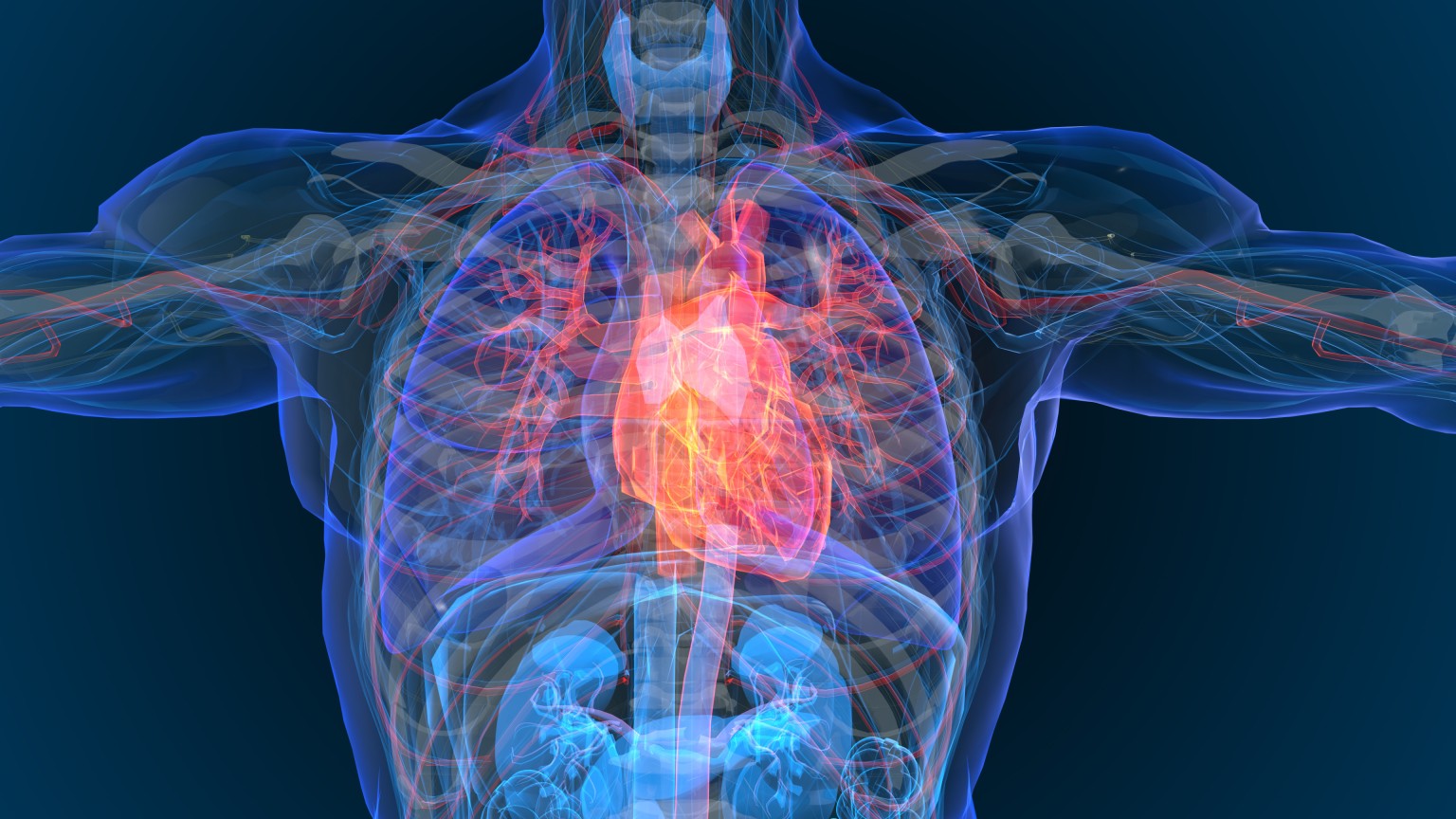
Medical professionals are increasingly able to look into the future, at least when it comes to your medical health. As a result, they can treat you long before you even show signs of being ill.
The latest breakthrough in this futuristic field comes from a research study by scientists at the Massachusetts General Hospital.
Read More »If you are found to be at risk of dying from such an event brought on by atherosclerotic cardiovascular disease, your doctor will be able to prescribe you with statin medication to treat the problem—in advance.
You could say that, as a result, it is possible that your future demise that the X-ray predicted will be less likely to take place.
More than just a chest X-ray
The study results—which were presented at the recent annual meeting of the Radiological Society of North America—show that a chest X-ray can be more than just a chest X-ray, says the lead author of the study, Dr. Jakob Weiss.
In this case the X-ray provides a measure that enables physicians to provide both a diagnosis as well as a prognosis—information that helps the patient as well as the clinician.
Deep learning model
This leap into the future uses what is called a “deep learning model.” It is an advanced form of artificial intelligence that can be programmed to search X-ray images to determine whether patterns linked to disease are present in a person’s body.
These patterns are present long before the disease affects the person, but up until now they could not be detected simply using the human eye—even with microscopes and analysis.
Scientists have known for some time that X-rays contain information that cannot easily be diagnosed using traditional methods, explains Weiss. Medical professionals have been unable effectively to access the information or to make use of it, however. Reliable and robust methods to gather the information were unavailable.
Now advances in artificial intelligence make it possible not only to access the information but also to determine what it means.
Screening for everyone
The model provides the opportunity to conduct widespread screening for everyone, says Weiss, who is a radiologist at the Cardiovascular Imaging Research Center at Massachusetts General Hospital. He also works with the AI in Medicine Program at Brigham and Women’s Hospital in Boston.
Chest X-rays, which are conducted across the globe millions of times daily, could be used to identify those people who stand to benefit from statin medication but are now untreated, Weiss adds.
Already medical professionals calculate your risking of dying by using the atherosclerotic cardiovascular disease (ASCVD) risk score. This measure contains a large degree of variables, which include sex, age, systolic blood pressure, treatment for hypertension, Type 2 diabetes, smoking and blood tests.
Statin medication is advised for those patients who register a 10-year risk of 7.5% or higher.
The new method developed by the research team enhances and improves this risk calculation.
Development of the model
The research team developed the deep learning model using almost 150,000 chest X-rays from 40,600 patients in the Prostate, Lung, Colorectal, and Ovarian Cancer Screening Trial, which was sponsored and designed by the National Cancer Institute.
They tested the model using another 11,430 outpatients at Mass General Brigham who were potential candidates for statin medication.
Of those people, almost 10% suffered a significant cardiac event over the following 10.3 years. The link between the risk predicted by the researchers’ deep learning model and the heart events was significant, the researchers say.





